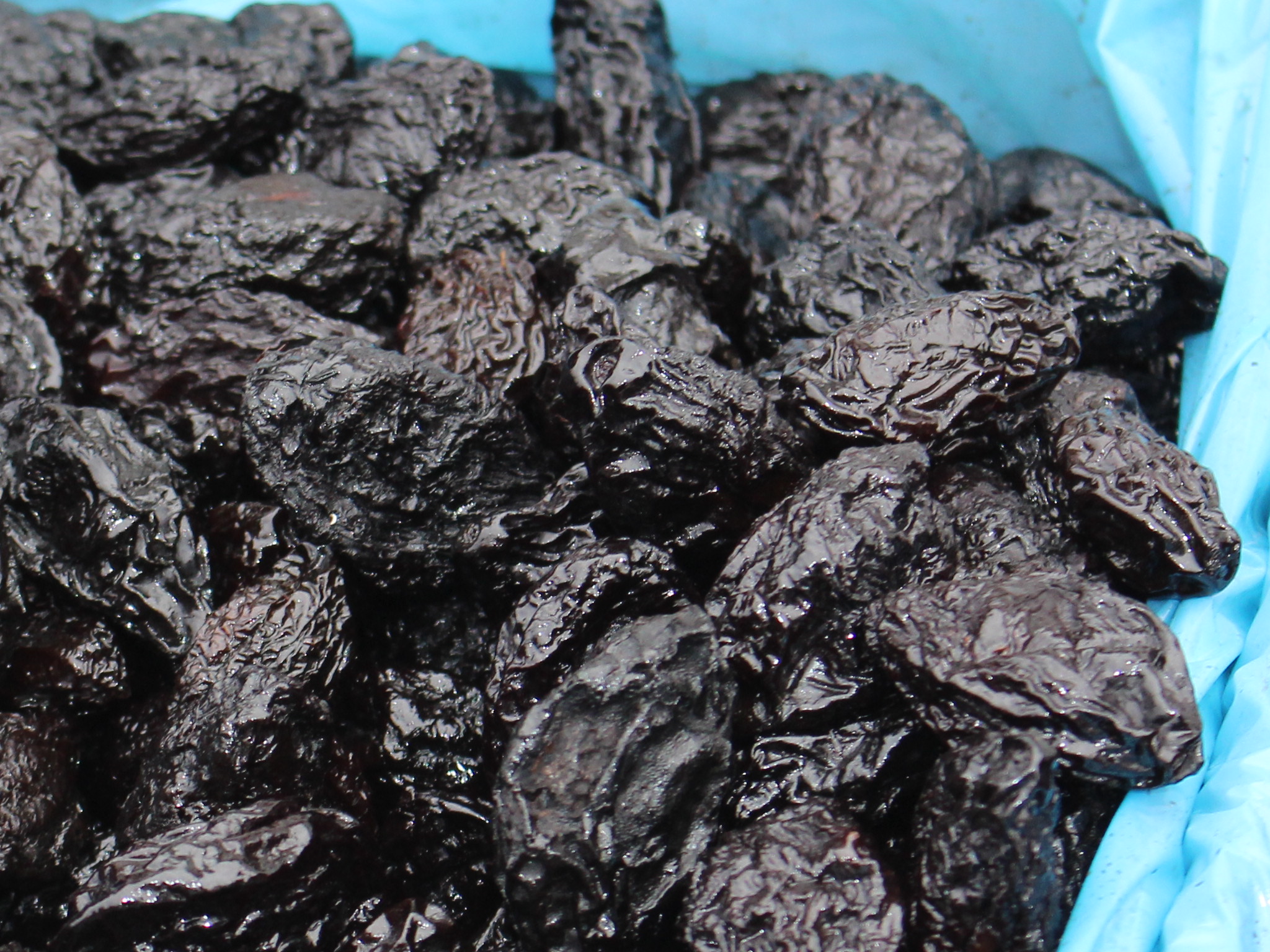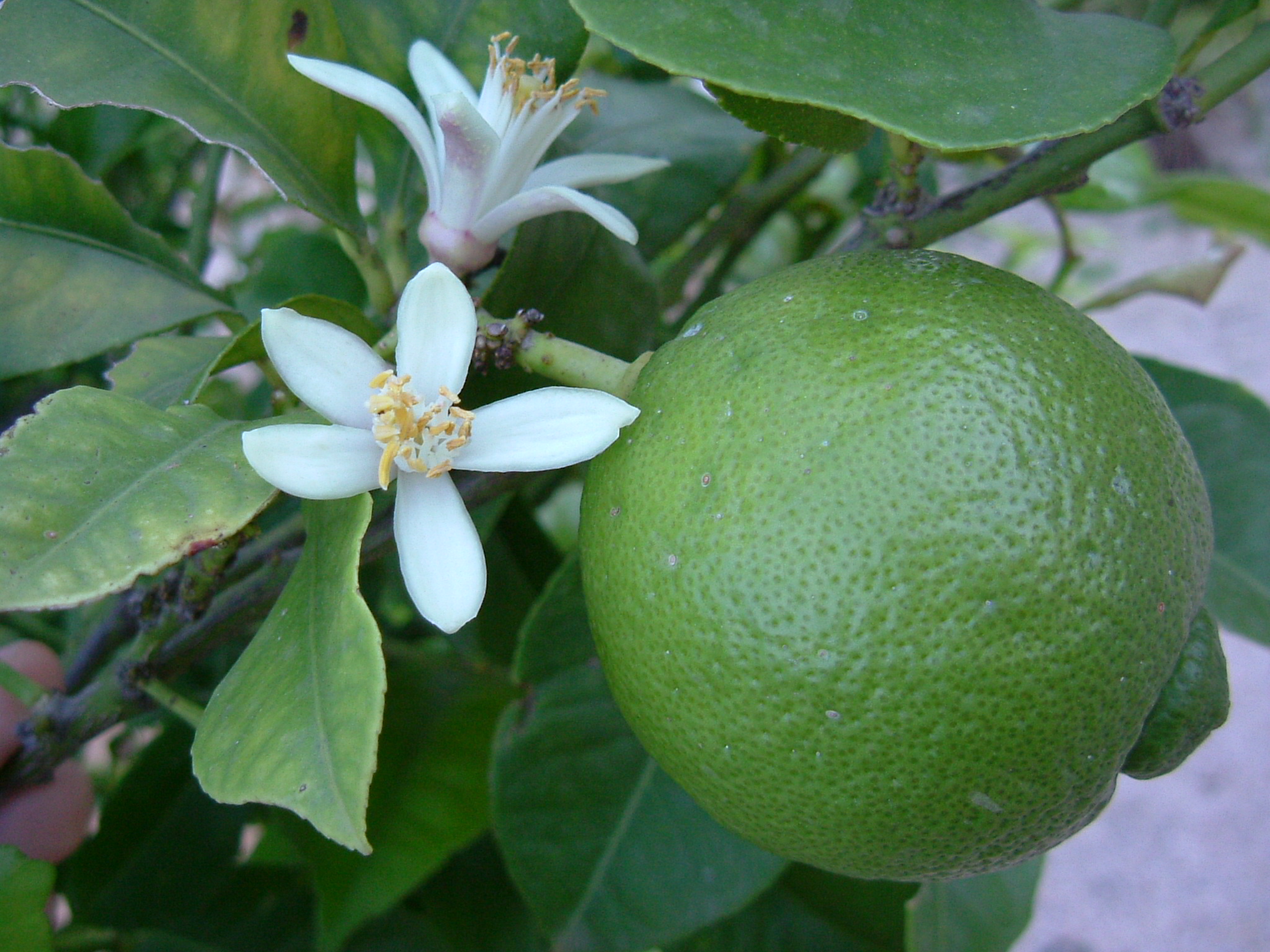|
Khoresht
Khoresh () or Khoresht () is a Persian word that refers to Iranian stews, usually slow-cooked and served with rice. It’s the heart of Iranian cuisine and comes in many varieties, often named after their main ingredients. The word is a substantive of the verb ''khordan'' () "to eat" and literally means "meal". The influence of khoresh extends far beyond Iran’s borders, thanks to centuries of Persian cultural, political, and culinary influence across the region. In Iraq, stews like khoresh bamieh (okra stew) and even fesenjān have become part of local cuisine, especially in areas with close historical and religious ties to Iran. In Afghanistan, similar dishes known as qorma reflect the shared culinary heritage, often featuring the same slow-cooked technique and use of herbs or dried fruits. The Mughal Empire in South Asia, with its Persianized court culture, adopted many Iranian culinary traditions, which can still be seen in the rich, aromatic stews of North Indian and Pakis ... [...More Info...] [...Related Items...] OR: [Wikipedia] [Google] [Baidu] |
Iranian Cuisine
Iranian cuisine comprises the culinary traditions of Iran. Due to the historically common usage of the term "Name of Iran, Persia" to refer to Iran in the Western world,Yarshater, EhsaPersia or Iran, Persian or Farsi, ''Iranian Studies'', vol. XXII no. 1 (1989) it is alternatively known as Persian cuisine, despite Persians being only one of a multitude of Ethnicities in Iran, Iranian ethnic groups who have contributed to Iran's culinary traditions. Iran has a rich variety of traditional dishes, and has influenced many other cuisines over the ages, among them List of dishes from the Caucasus, Caucasian cuisine, Central Asian cuisine, Greek cuisine, Levantine cuisine, Iraqi cuisine, Mesopotamian cuisine, Russian cuisine and Turkish cuisine. Aspects of Iranian cuisine have also been significantly adopted by Indian cuisine and Pakistani cuisine through various historical Persianate society, Persianate sultanates that flourished during Islamic rulers in the Indian subcontinent, Musli ... [...More Info...] [...Related Items...] OR: [Wikipedia] [Google] [Baidu] |
Khoresh ālu Esfenaj
Khoresh () or Khoresht () is a Persian word that refers to Iranian stews, usually slow-cooked and served with rice. It’s the heart of Iranian cuisine and comes in many varieties, often named after their main ingredients. The word is a substantive of the verb ''khordan'' () "to eat" and literally means "meal". The influence of khoresh extends far beyond Iran’s borders, thanks to centuries of Persian cultural, political, and culinary influence across the region. In Iraq, stews like khoresh bamieh (okra stew) and even fesenjān have become part of local cuisine, especially in areas with close historical and religious ties to Iran. In Afghanistan, similar dishes known as qorma reflect the shared culinary heritage, often featuring the same slow-cooked technique and use of herbs or dried fruits. The Mughal Empire in South Asia, with its Persianized court culture, adopted many Iranian culinary traditions, which can still be seen in the rich, aromatic stews of North Indian and Pakis ... [...More Info...] [...Related Items...] OR: [Wikipedia] [Google] [Baidu] |
Stew
A stew is a combination of solid food ingredients that have been Cooking, cooked in Soup, liquid and served in the resultant gravy. Ingredients can include any combination of vegetables and may include meat, especially tougher meats suitable for slow-cooking, such as beef, pork, venison, Rabbit as food, rabbit, lamb and mutton, lamb, poultry, sausages, and seafood. While water can be used as the stew-cooking liquid, Stock (food), stock is also common. A small amount of red wine or other alcohol is sometimes added for flavour. Seasonings and flavourings may also be added. Stews are typically cooked at a relatively low temperature (Simmering, simmered, not Boiling, boiled), allowing flavours to mingle. Stewing is suitable for the least tender cuts of meat that become tender and juicy with the slow, moist heat method. This makes it popular for low-cost cooking. Cuts with a certain amount of marbling and gelatinous connective tissue give moist, juicy stews, while lean meat may easily ... [...More Info...] [...Related Items...] OR: [Wikipedia] [Google] [Baidu] |
Split Peas
Split peas are an agricultural or culinary preparation consisting of the dried, peeled and split seeds of ''Pisum sativum'', the pea. Harvesting The peas are spherical when harvested, with an outer skin. The peas are dried and the dull-coloured outer skin of the pea removed, then split in half by hand or by machine at the natural split in the seed's cotyledon. There are green and yellow varieties of split pea. Gregor Mendel studied the inheritance of seed colour in peas; the green phenotype is recessive to the yellow one. Traditionally, the genotype of purebred yellow is "YY" and that of green is "yy", and hybrids of the two, "Yy", have a yellow (dominant) phenotype. Split peas are high in protein and low in fat, with 25 grams of protein and one gram of fat per serving. Most of the calories come from protein and complex carbohydrates. The split pea is known to be a natural food source that contains some of the highest amounts of dietary fibre, containing 26 grams of fibre p ... [...More Info...] [...Related Items...] OR: [Wikipedia] [Google] [Baidu] |
Khoresh Karafs
Khoresh karafs () is a traditional Iranian dish. As the name suggests, celery is the main part of this dish. About Traditionally, Khoresh karafs is prepared with red meat (lamb, or beef), but unlike Ghormeh sabzi or Gheimeh, it is common to substitute chicken meat in this recipe. This food has become more diverse in recent years, and its vegan and vegetarian varieties have entered the diet of Iranian families. In Najmieh Batmanglij's cookbook, ''New Food of Life'' (2021 edition), she suggests using white broad beans (white fava beans) for a vegetarian version. In terms of taste, this stew is characterized by being sour. Traditionally, unripe grapes ( ver jus) are used as a souring agent, but the use of lemon juice, lime juice, tamarind, or even citric acid also occurs as an alternative souring agent. Khoresh karafs, like other types of Iranian stews, is almost always served with rice. History The origins of celery stew Is Iran. It is a traditional Iranian food. In 1964, a rec ... [...More Info...] [...Related Items...] OR: [Wikipedia] [Google] [Baidu] |
Turmeric
Turmeric (), or ''Curcuma longa'' (), is a flowering plant in the ginger family Zingiberaceae. It is a perennial, rhizomatous, herbaceous plant native to the Indian subcontinent and Southeast Asia that requires temperatures between and high annual rainfall to thrive. Plants are gathered each year for their rhizomes, some for propagation in the following season and some for consumption or dyeing. The rhizomes can be used fresh, but they are often boiled in water and dried, after which they are ground into a deep orange-yellow shelf-stable spice powder commonly used as a coloring and flavoring agent in many Asian cuisines, especially for curries ( curry powder). Turmeric powder has a warm, bitter, black pepper-like flavor and earthy, mustard-like aroma. Although long used in Ayurvedic medicine, there is no high-quality clinical evidence that consuming turmeric or the principal turmeric constituent, curcumin, is effective for treating any disease. Curcumin, a bright ye ... [...More Info...] [...Related Items...] OR: [Wikipedia] [Google] [Baidu] |
Prune
A prune is a dried plum, most commonly from the European plum (''Prunus domestica'') tree. Not all plum species or varieties can be dried into prunes. Use of the term ''prune'' for fresh plums is obsolete except when applied to varieties of plum grown for drying. In this usage, a prune is the firm-fleshed plum fruit of ''P. domestica'' varieties that have a high soluble solids content, and do not ferment during drying. Most prunes are ''freestone'' cultivars (i.e., the pit is easy to remove), whereas most plums grown for fresh consumption are ''clingstone'' (the pit is more difficult to remove). The sorbitol content of dietary fiber likely provides the laxative effect associated with consuming prunes. Prunes are 64% carbohydrates, including dietary fiber, 2% protein, a rich source of vitamin K, and a moderate source of B vitamins and dietary minerals. Production More than 1,000 plum cultivars are grown for drying. The main cultivar grown in the United States is the 'Improv ... [...More Info...] [...Related Items...] OR: [Wikipedia] [Google] [Baidu] |
Quince
The quince (; ''Cydonia oblonga'') is the sole member of the genus ''Cydonia'' in the Malinae subtribe (which contains apples, pears, and other fruits) of the Rosaceae family. It is a deciduous tree that bears hard, aromatic bright golden-yellow pome fruit, similar in appearance to a pear. Ripe quince fruits are hard, tart, and astringent. They are eaten raw or processed into jam, quince cheese, or alcoholic drinks. The quince tree is sometimes grown as an ornamental plant for its attractive pale pink blossoms and as a miniature bonsai plant. In ancient Greece, the word for quince was used ribaldly by poets such as Aristophanes to signify teenage breasts. Description Quinces are shrubs or small trees up to tall and wide. Young twigs are covered in a grey down. The leaves are oval, and are downy on the underside. The solitary flowers, produced in late spring after the leaves, are white or pink. The ripe fruit is aromatic but remains hard; gritty stone cells are disperse ... [...More Info...] [...Related Items...] OR: [Wikipedia] [Google] [Baidu] |
Lime (fruit)
A lime is a citrus fruit, which is typically round, lime (color), lime green in colour, in diameter, and contains acidic juice vesicles. There are several species of citrus trees whose fruits are called limes, including the Key lime (''Citrus aurantiifolia''), Persian lime, kaffir lime, finger lime, blood lime, and Citrus glauca, desert lime. Limes are a rich source of vitamin C, are sour, and are often used to accent the flavours of foods and beverages. They are grown year-round. Plants with fruit called "limes" have diverse genetic origins; limes do not form a monophyletic group. The term ''lime'' originated in other languages (from French language, French , from Arabic , from Persian language, Persian , ). Plants known as "lime" The difficulty in identifying exactly which species of fruit are called lime in different parts of the English-speaking world (the same problem applies to synonyms in other European languages) is increased by the botanical complexity of the ''Citru ... [...More Info...] [...Related Items...] OR: [Wikipedia] [Google] [Baidu] |
Okra
Okra (, ), ''Abelmoschus esculentus'', known in some English-speaking countries as lady's fingers, is a flowering plant in the Malvaceae, mallow family native to East Africa. Cultivated in tropical, subtropical, and warm temperate regions around the world for its edible Pod vegetable, green seed pods, okra is used in the cuisines of many countries. Description The species is a perennial plant, perennial, often cultivated as an annual plant, annual in temperate climates, often growing to around tall. As a member of the Malvaceae, it is related to such species as cotton, Theobroma cacao, cocoa, and hibiscus. The leaves are long and broad, palmately lobed with 5–7 lobes. The flowers are in diameter, with five white to yellow petals, often with a red or purple spot at the base. The pollen grains are spherical and approximately 188 microns in diameter. The fruit is a capsule (fruit), capsule up to long with pentagonal cross-section, containing numerous seeds. Etymology is N ... [...More Info...] [...Related Items...] OR: [Wikipedia] [Google] [Baidu] |





